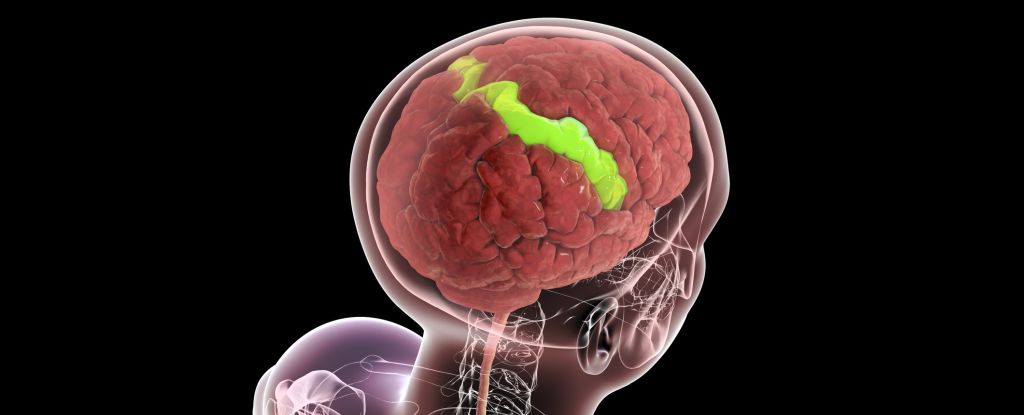
New research challenges the common perception that aging inevitably leads to brain degeneration. A study examining the brains of both mice and humans indicates that certain regions, particularly within the somatosensory cortex, may not only resist thinning but actually strengthen as individuals age. This finding suggests that the brain retains its capacity to adapt and evolve throughout life, reinforcing the idea that mental engagement can enhance cognitive resilience.
The primary somatosensory cortex is crucial for processing sensory information, and recent findings by a team of neuroscientists led by Peng Liu and Juliane Doehler from Otto von Guericke University Magdeburg highlight its complex structure. Esther Kühn, a neuroscientist affiliated with the German Center for Neurodegenerative Diseases and the Hertie Institute for Clinical Brain Research, notes, “Until now, it had not been considered that the primary somatosensory cortex consists of a stack of several extremely thin layers of tissue, each with its own architecture and function.”
Through high-resolution MRI scans of 61 adults aged between 21 and 80, the researchers focused on how these cortical layers age. They discovered that while some layers become thinner with age, the middle and upper layers demonstrated increased thickness in older individuals compared to younger ones. Kühn explained, “The middle layer is effectively the gateway for haptic stimuli. In the layers above, further processing occurs.”
Interestingly, the study revealed a dual trend: while the middle and upper layers of the somatosensory cortex thickened, the lower layers, responsible for modulating sensory input, tended to thin. This suggests that the brain’s response to sensory stimuli varies by layer, with those most exposed to environmental interactions maintaining their strength.
Kühn emphasized, “The middle and upper layers of the cortex are most directly exposed to external stimuli. They are permanently active because we have constant contact with our environment.” This aligns with the notion of neuroplasticity, which is the brain’s ability to reorganize its structure and function in response to activity and experience.
Despite the reduction in lower layer volume, the research team noted an increase in myelin content, which is essential for protecting and enhancing the speed of neural communication. This suggests a compensatory mechanism that may arise from increased activity in specific neuron types that amplify sensory signals.
The implications of these findings are significant. “Together, our findings are consistent with the general idea that we can do something good for our brains with appropriate stimulation,” Kühn stated. “I think it’s an optimistic notion that we can influence our aging process to a certain degree.”
The study was published in the journal Nature Neuroscience, contributing to a growing body of evidence that challenges traditional views on aging and cognitive decline. As researchers continue to explore the intricacies of brain function, this work underscores the potential for lifelong learning and engagement to bolster cognitive health throughout the aging process.






